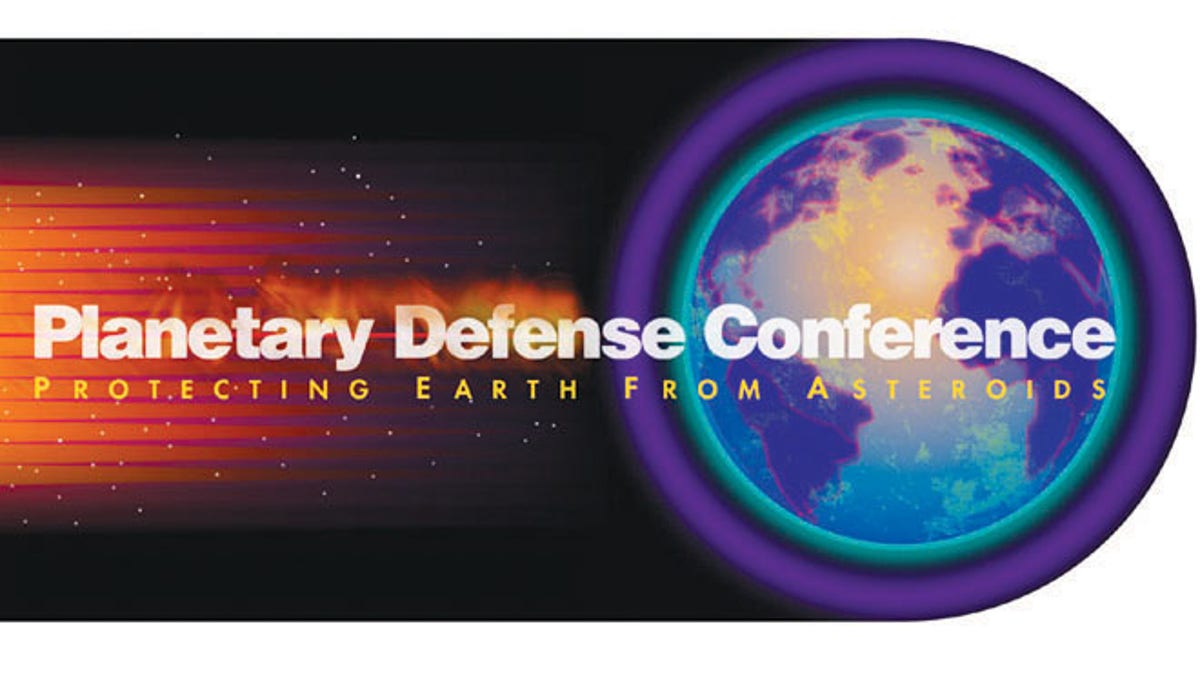
(International Academy of Astronautics)
It sounds straight out of comic-book fantasy, but a real-life group of concerned scientists — the Planetary Defense Conference — will gather this week at a desert compound with the goal of protecting humanity from one of the destructive forces of the universe: asteroid impact.
The leaders of the B612 Foundation will meet for the week-long Planetary Defense Conference beginning Monday (in Flagstaff, Ariz., not the Fortress of Solitude) to debate what may be one of the biggest planetary threats civilization faces today.
[pullquote]
In testimony last week before the House Science, Space and Technology Committee, Ed Lu -- a former NASA astronaut who flew three space missions and CEO of the Foundation -- explained that this is no comic-book hazard. It’s real.
“We simply do not know when the next catastrophic asteroid impact will be, because we have not yet tracked the great majority of asteroids,” Lu said.
A rogue meteorite that struck out of the brilliant blue morning skies over Russia in February illustrates the real risk that even tiny asteroids pose. That hunk of rock exploded with nearly 500 kilotons of energy over the Ural Mountains, creating a tremendous thunderclap that shook a nearby city, shattering windows and injuring over a thousand.
The spectacle deeply frightened many Russians, with some elderly women declaring that the world was coming to an end. And that was just a small object, scientists say, close to 10,000 tons and all but invisible to our current radar systems.
"It doesn’t take a very large object. A 10-meter size object already packs the same energy as a nuclear bomb," Andrew Cheng of the Johns Hopkins Applied Physics Laboratory, told FoxNews.com at the time.
Chairman Lamar Smith (R-Texas), head of the committee, noted that most such asteroids have yet to be detected.
“Most troubling to me is the fact that of the up to 20,000 asteroids that could be labeled as ‘city destroyers,’ we have identified only 10 percent. And we are unlikely to have the means to detect 90 percent until 2030,” he said in a statement.
Lu told Smith’s Congressional committee that his Silicon Valley non-profit plans to build, launch and operate the Sentinel Space Telescope by 2018, to find and track those threatening asteroids, and ultimately destroy them to save the Earth.
“We have the technology to deflect asteroids to prevent an impact on Earth, but this technology is useless until we find asteroids first,” Lu said.
Asteroids are not only small but often dark as charcoal and difficult for telescopes on land to detect. Infrared optics can do a better job than optical ones, he said, picking up on the warmth of the streaking bits of matter. But those observations can only be made from space.
The concept for the Sentinel scope was completed in September. This fall, the B612 Foundation aims to hit its next major milestone, called the Systems Definition Review.
With any luck, we won’t need to wait for Green Lantern to arrive.
